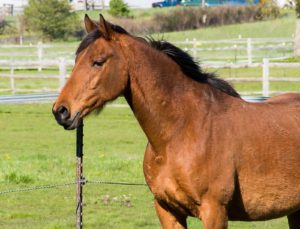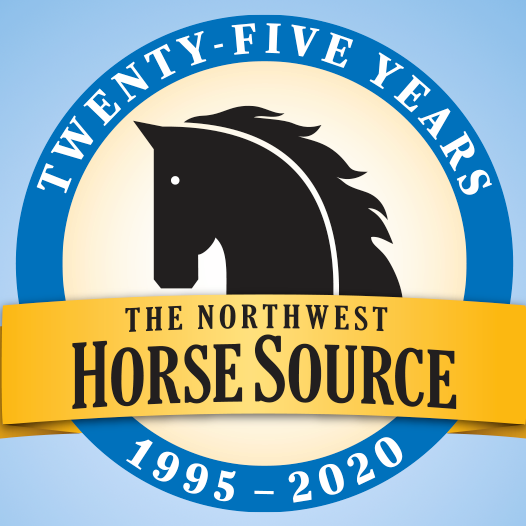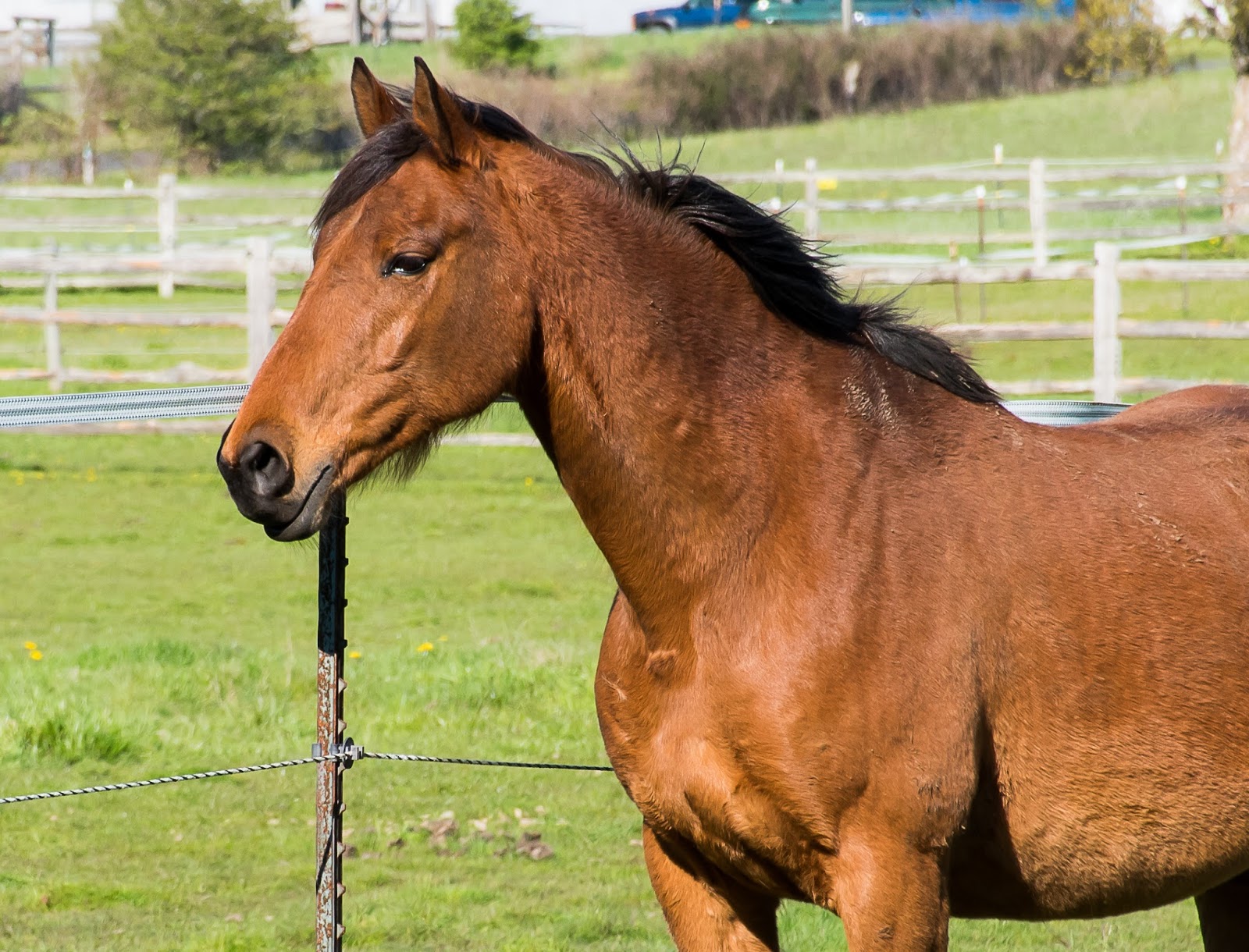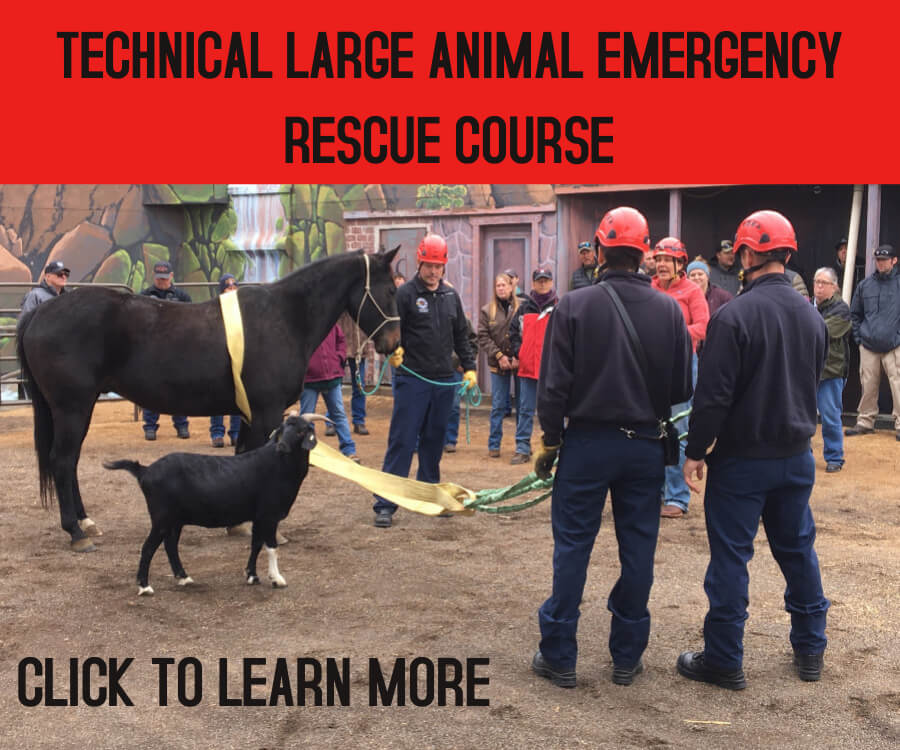
Dr. Brian Joseph
Washington State Veterinarian
Interest has been high in a case of EHV-1, neuropathogenic strain, detected earlier this month in King County. This particular strain of equine herpes virus is highly contagious and, while it won’t infect people, it can be fatal to horses.
Since being notified of the infected horse on Dec. 13, WSDA has had a quarantine in place at the stable where it was housed. So far, 32 horses housed at the stable have been tested. The virus has been detected in 9 of these horses. Seven horses have been euthanized, while several others are being monitored.
The virus spreads between horses only at certain stages of the disease, so not all horses have currently been tested. Even though we may not detect the virus when testing, the horse may still be infected. At the same time, even if we detect the presence of the virus in the horse or if the horse develops neurological symptoms, it does not mean the horse will be euthanized. Most horses recover.
Given the highly infectious nature of the virus, we continue to urge horse owners to watch for signs of possible infection, such as:
- Fever of 102.5F or higher.
- Discharge from the eyes or nose.
- Respiratory symptoms.
- Swelling of the limbs.
- Spontaneous abortions.
- Neurological signs such as unsteady gait, weakness, urine dripping, lack of tail tone and recumbency.
We recommend that horse owners:
- Check your horse’s temperature twice daily, ideally first thing in the morning, and last thing at night. Also, check before administering medications as some can lower body temperature.
- Notify your veterinarian immediately if you detect any of the symptoms above.
In addition to working with the horses, WSDA and local veterinarians have been working closely with the local community to ensure excellent biosecurity is practiced whenever someone must leave the stable. For more tips on keeping your own horses safe through good biosecurity practices, please see our previous blog post on this incident.
The time between exposure and illness from EHV-1 varies from two to 14 days. By self-quarantining animals with possible symptoms, practicing good biosecurity and contacting your veterinarian as soon as you suspect possible symptoms, you can help prevent the spread of this virus.
Source Article: https://wastatedeptag.blogspot.com/2017/12/update-on-current-equine-herpes.html
See also “Tips for Horse Owners – Protecting Your Horse from Equine Herpes Virus”:
https://nwhorsesource.com/tips-horse-owners-protecting-horse-equine-herpes-virus/

News from the horse industry. Sharing today’s information as it happens. The Northwest Horse Source is not responsible for the content of 3rd party submissions.





